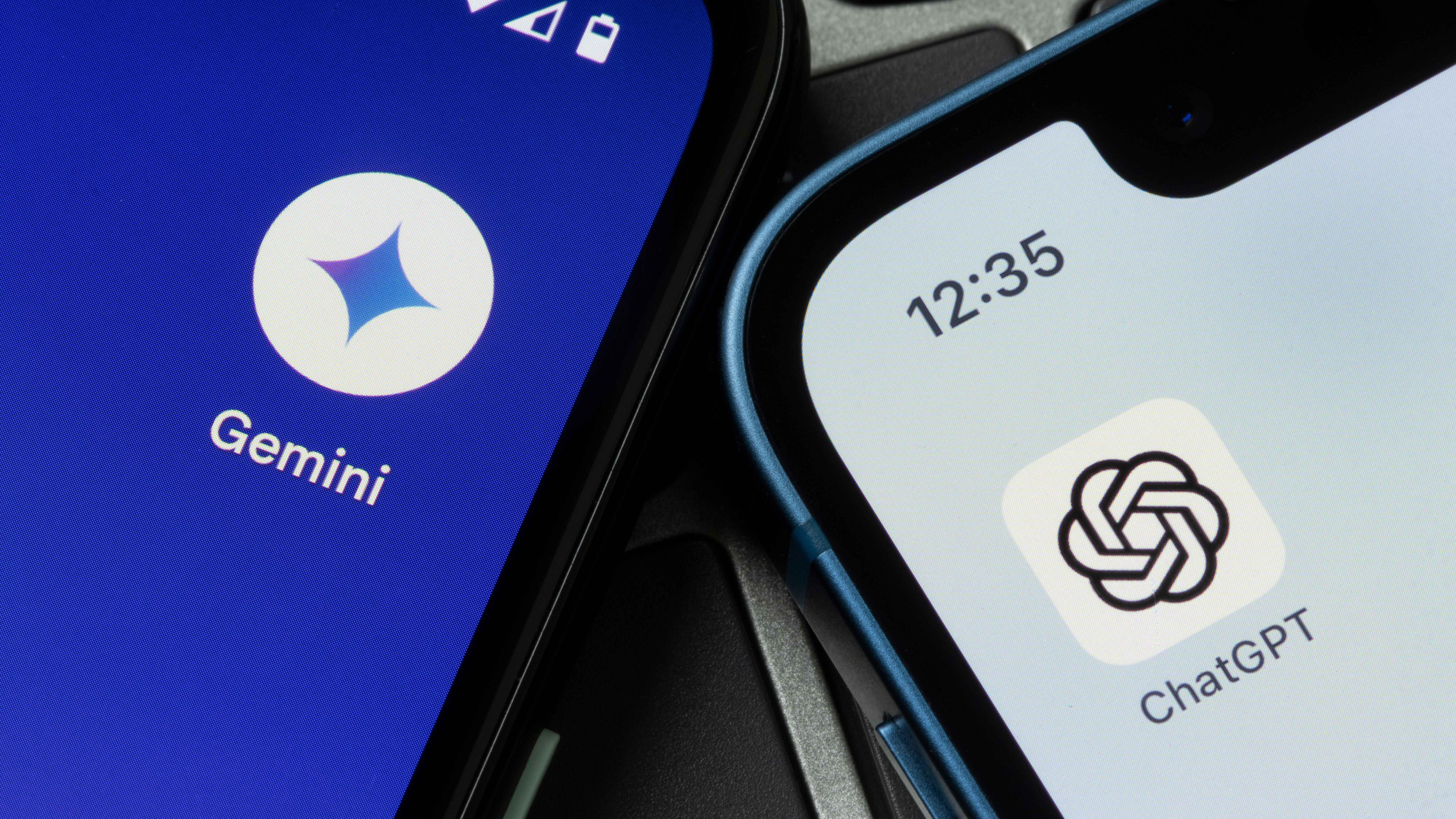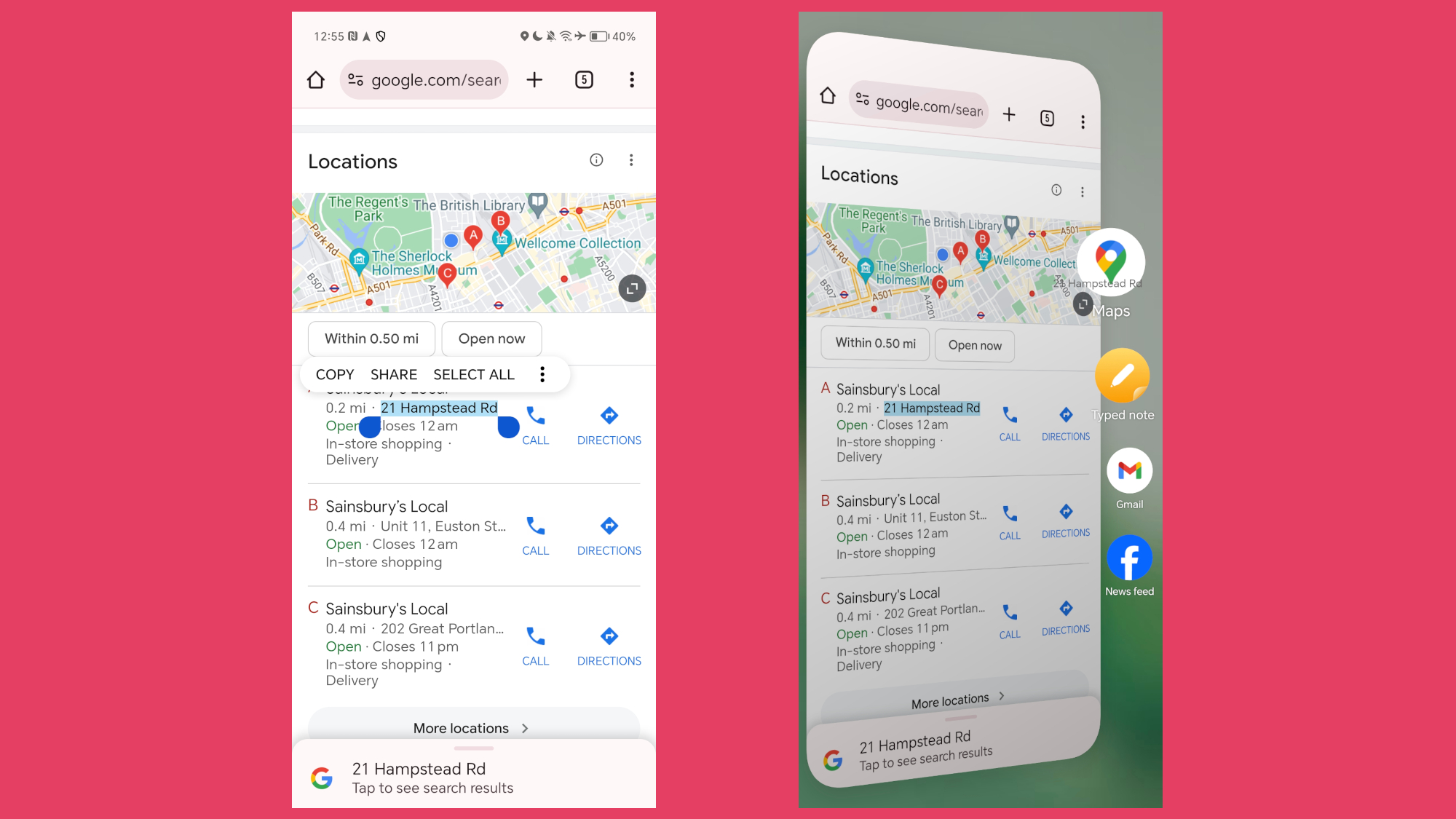
I can’t help but feel like phone manufacturers are missing the point of AI. I’ve never felt compelled to superimpose my face into a group photo I wasn’t a part of using Google’s Best Take feature, or send my flatmate a weightlifting squirrel emoji using Genmoji on iPhone, or create infinite new wallpapers using Samsung’s Generative wallpaper tool.
Granted, all of these gimmicks come as part of broader AI toolsets that do contain genuinely life-improving features – live transcription tools, for instance, are a game-changer for me as a journalist – but Apple, Google, and Samsung seem intent on marketing the heck out of their most superfluous AI features, rather than showing me how their latest products can actually make my everyday life (not my social media life) easier.
Ultimately, that’s what AI should be used for, right? To improve (or simply speed up) the most mundane aspects of our everyday lives and grant us more time to enjoy the things we enjoy doing. That’s why, in 2025, I’m hoping phone manufacturers focus less on generative silliness and more on making my daily commute a slightly less grueling experience. Yes, that’s right – my big AI wish for 2025 concerns trains. Or more specifically, train times.
Why is it that my AI-packed iPhone 16 Pro can accurately identify random objects in my immediate vicinity using Camera Control alone (that’s Visual Intelligence FYI), but it can’t automatically tell me when my train to Farringdon station is (or more likely isn’t) due to arrive on a rainy Tuesday morning?
In the same way that my Tesco Clubcard pops up every time my iPhone knows I’m near a Tesco (that’s the equivalent of Walmart in the UK, US readers), wouldn’t it be cool if it also memorized my frequent train journeys and provided me with real-time train times in a helpful pop-up?
Contextually aware notifications like these would save me from having to open up the Trainline app, input my station origin and destination information, and scroll through the list of inevitably delayed trains twice a day.
And yes, I appreciate that this is more of a plea to Trainline than to Apple – if my iPhone’s dynamic Tesco pop-ups are anything to go by, Apple’s software is already capable of delivering contextually aware notifications – but this seemingly simple request serves as a microcosm for the type of help I want AI toolsets like Apple Intelligence to give me.

Any software that reduces the number of steps needed to move between apps greatly enhances the mobile experience. Chinese mobile brand Honor, for its part, seems to understand this desire more than most, with its Magic Portal interface – a shortcut feature that lets users switch between apps and services with a single swipe – proving both innovative and, crucially, useful in our testing of its latest phones (see our Honor Magic 6 Pro review and Honor Magic V3 review for more details).
Magic Portal comes as part of Honor’s broader ‘intent-based UI’, which is great, but it still requires an initial input from the user (be it a click, swipe or long-press) before delivering the desired information. I’m asking mobile manufacturers (and app developers) to go one step further in 2025: predict what information I want to receive on my phone, and serve it up to me *before* I go searching for it in an app or on a website.
I want to spend less time on my phone, not more – Genmoji is just another time sink, but mobile software that helps to get me home from work quicker? Now that’s what I call intelligence.







